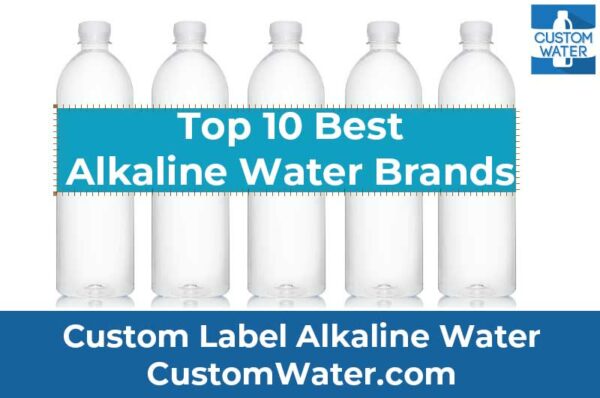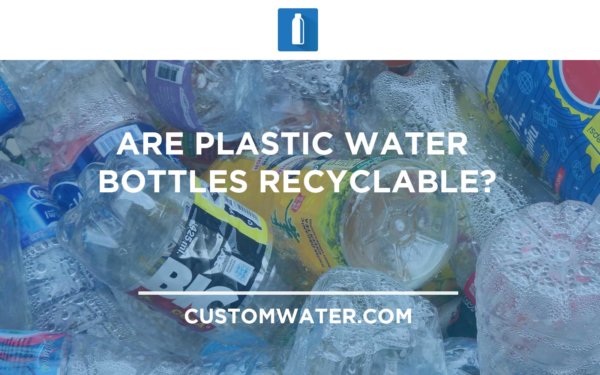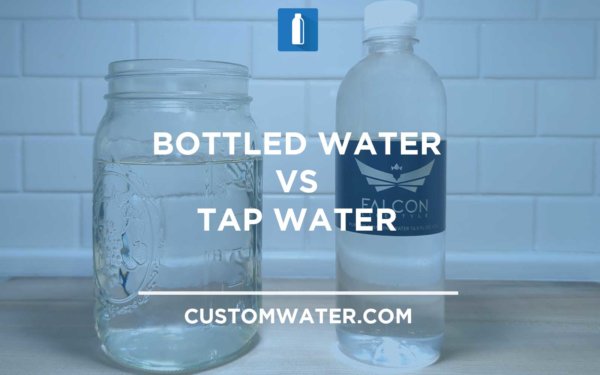There are many misconceptions when comparing spring water vs purified water. We hear the same questions quite often – mostly regarding how the water will taste, the purification process used, how safe to drink water is, and the amount of impurities, bacteria, or contaminants contained in the drinking water.
Spring vs Purified Water – Which is Better?
In the United States, FDA and EPA standards require that all bottled water be safe for human consumption. They all go through rigorous testing to ensure the water source, be it natural sources or made through purification processes, is meant for safe drinking. In the US, branded bottled water that makes it to the grocery store shelves has passed rigorous testing and are deemed safe for public consumption.
So if you’re wondering how spring water vs purified water compare against each other and the main difference each provides, then keep reading. We’ll talk about how spring water and purified water differ from each other and how tap water and distilled water, while similar in some ways, are quite different.
Spring Water vs Purified Water vs Tap Water
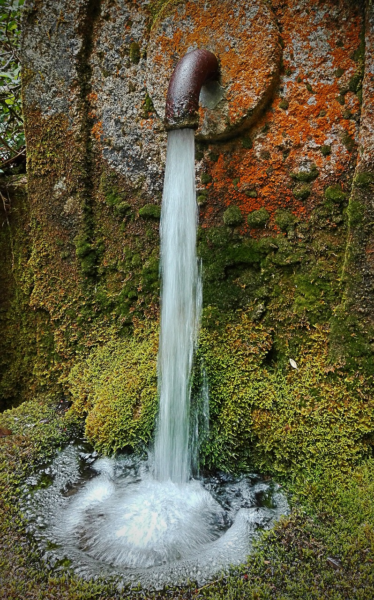
While a water source can have fewer impurities or contaminants, others can have many potentially harmful chemicals or chemical pollutants, even after passing through a purification process.
The FDA or EPA are important because they can ensure that water purification between spring water and purified water bottles sold across the US meets standards, so we know it’s safe to drink.
However, even though many bottled waters are held to the same standards, there are still many differences that make companies stand out, like the natural minerals contained in the water and the taste, which can come down to personal preferences.
Additionally, different treatment methods can improve or change the water significantly, like reverse osmosis. The processes will ultimately change how the bottled water tastes. So even the same bulk bottled water can be considerably different if it has gone through different treatment methods and is from different sources. For instance, spring water and purified water will both taste the same if they are distilled and go through other treatment methods.
Tap Water
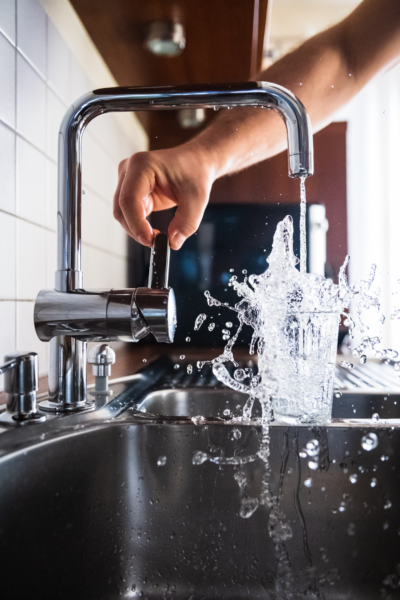
Tap water is a common water source in most regions of the US. However, not all of them are considered safe to drink.
The water source for tap water itself is usually a water processing plant that gathers water and passes it through many purification methods to purify water.
However, purified tap water usually involves many chemicals that linger in the water and affect the smell, making it undesirable even if it’s safe for consumption.
It’s also quite different from spring water, as it will lack many great minerals depending on how complex the treatment method was.
In addition, tap water will feel really different from place to place when traveling abroad. So it’s safer to never drink tap water from unknown places before doing any research. Even if a place has more water than other regions, that doesn’t mean it has better-quality tap water.
Spring Water
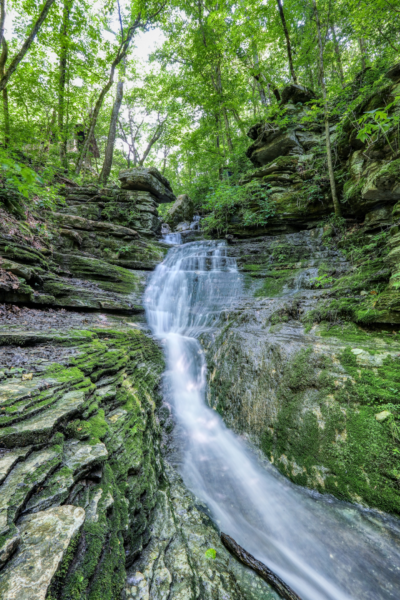
Spring water comes from an underground source and gathers minerals along the rocks and sediments. These spring sources usually have more water than others, and they’re all natural. While they can still have some bacteria, they’re one of the safest to drink straight from the source while also being great for your health.
Much like well water, artesian water, or underground aquifers, spring water has a significant amount of natural mineral content that sets it apart from other sources. The many natural minerals contained in the spring, along with its filtration process, give spring water a fresh and unique taste.
High quality spring water contains minerals like calcium, potassium, sodium, magnesium, and other trace minerals. The amounts of each mineral can significantly alter the taste, but it mostly comes down to personal preference.
Due to the many rocks it goes through to gather minerals, spring water is also naturally filtered across its many natural springs. So spring water is underground water with little to no chemicals or impurities and many healthy minerals.
But spring water still requires companies to remove impurities from it so that regulations deem it safe for consumption. Even if the natural filtration process already does a great job by itself, the water supply might still contain heavy metals, organic matter, or many harmful bacteria. That’s why opting for drinking water from bottled spring water is safer and often ensures you get other health benefits as well.
The filtration methods applied to springs can vary, but they are usually focused on keeping the natural minerals in the water, as getting rid of those would be a huge waste. Mostly, spring water is treated in a way to remove contaminants and remove impurities without fully purifying it from other beneficial minerals.
Purified Water
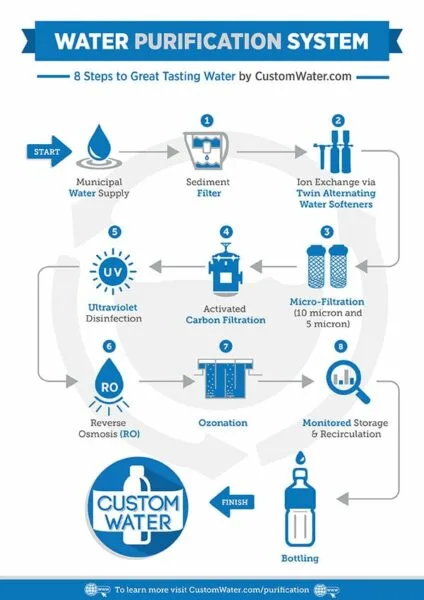
While purified water and filtered water might seem like the same thing at first, they are distinct from each other in many ways. And understanding that difference is important to understanding what purified water is and distinguishing high-quality purified water from other types.
All types of drinking water go through different filtration processes in the US, but not all of them are purified. For instance, tap water is filtered in most regions, but not all of them are purified and still have many chemicals left in the water.
When making purified water, you can use multiple sources. The purified water goes through many purification methods that remove chemicals and impurities like heavy metals, organic matter, and other contaminants. Although there are many purified options, the result has to meet standards with little to no contaminants.
The intensive treatment the purified water goes through has many steps and goes through different purification methods to ensure a higher level of purity. For instance, water gathered from an underground aquifer can go through ion exchange, reverse osmosis, ozonation, and many other steps that gradually purify the water from different contaminants.
However, purified water often retains some natural minerals and other beneficial content during its strict purification process, unlike distilled water.
Purified water requires an impurity level of purified water below 10 parts per million for an environmental protection agency to approve it as drinking water and allow it to be sold as bottled water in markets.
Picking Between Purified and Spring Water
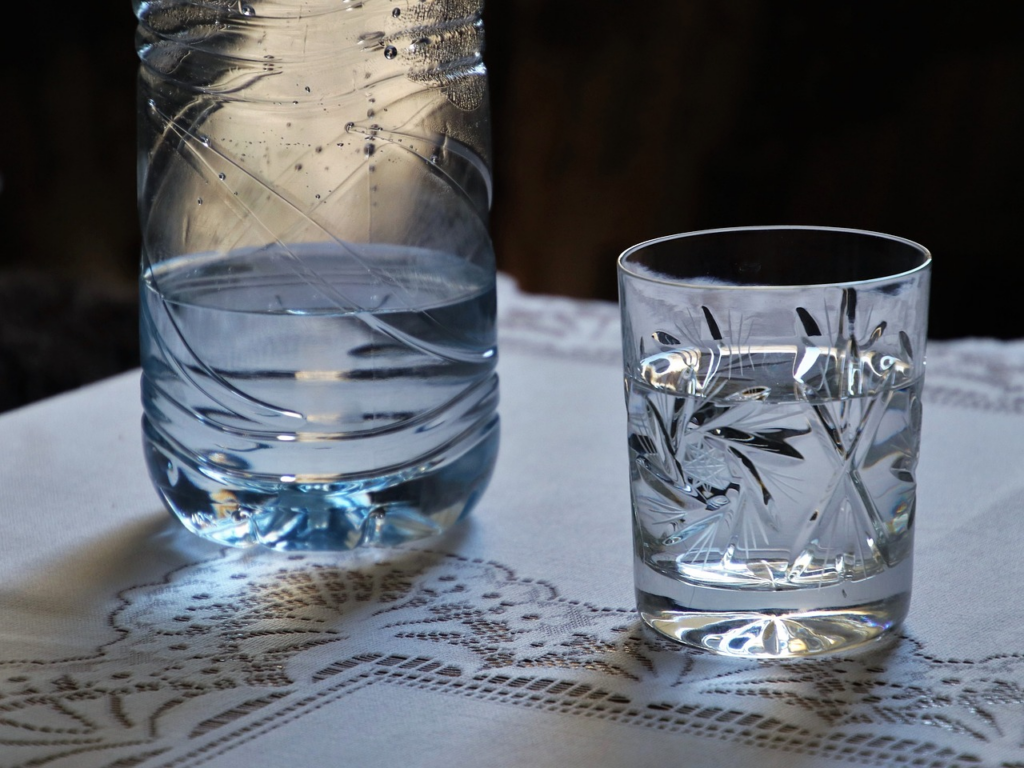
While purified water might seem like the safer option to drink at first, it’s important to understand that all bottled water options in stores are FDA-approved and safe for consumption.
It’s all a matter of taste and personal preference, and understanding their differences helps you make an informed decision when deciding what to purchase.
So if you only need to drink some water, purified or spring water will both help you hydrate. However, if you’re looking for something more out of the water you drink, there are some differences you should understand.
Picking Spring Water

If you prefer water with a rich mineral taste that uses a natural form of filtration, then spring water is the definitive winner. Spring water is great for your health and isn’t treated as strictly as purified water, so it retains much of its original mineral content and taste.
The heavy mineral content of spring water can also greatly improve your hydration level when you drink water compared to other water sources. That means a smaller amount can be enough water to hydrate you compared to sources with fewer minerals.
In addition to being great for drinking, spring water is also great for adding several health benefits to a meal while cooking. While spring water and purified water can both help you prepare your meal, spring water offers many minerals for improved health.
Picking Purified Water
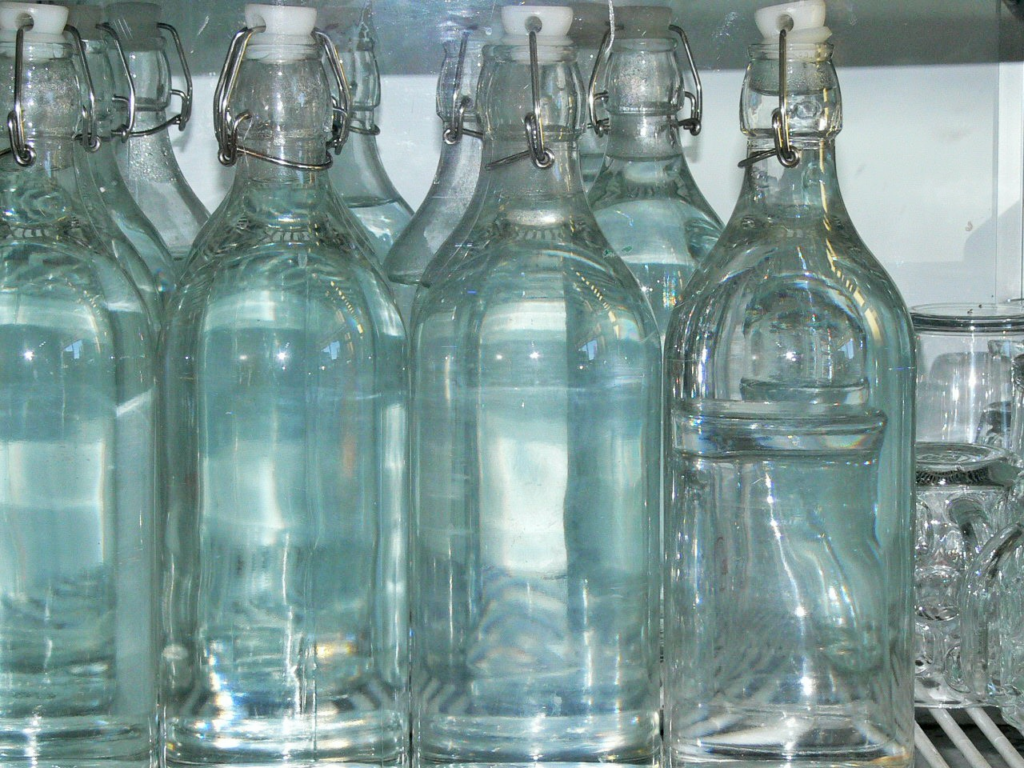
Purified water is great if you prefer to drink water without a strong taste, similar to filtered water. But other than to drink it, you can also use purified water in cooking to achieve a taste closer to neutral than that of spring water.
Since purified water is stripped of many chemicals that would otherwise have a strong smell, cooking with purified water can be a great way to improve a dish without changing other ingredients.
Which One Is Best?

Overall, both spring water and purified water are great for all purposes. Different springs can wield different types and amounts of minerals to improve your health. Meanwhile, different water purification methods like reverse osmosis can greatly improve water by removing many undesirable chemicals from it.
However, regardless of your choice, we can help you with your bottled water brand. Contact us today at Custom Water, and we’ll help you customize your bottle and deliver ready-to-distribute bottled water to you.

